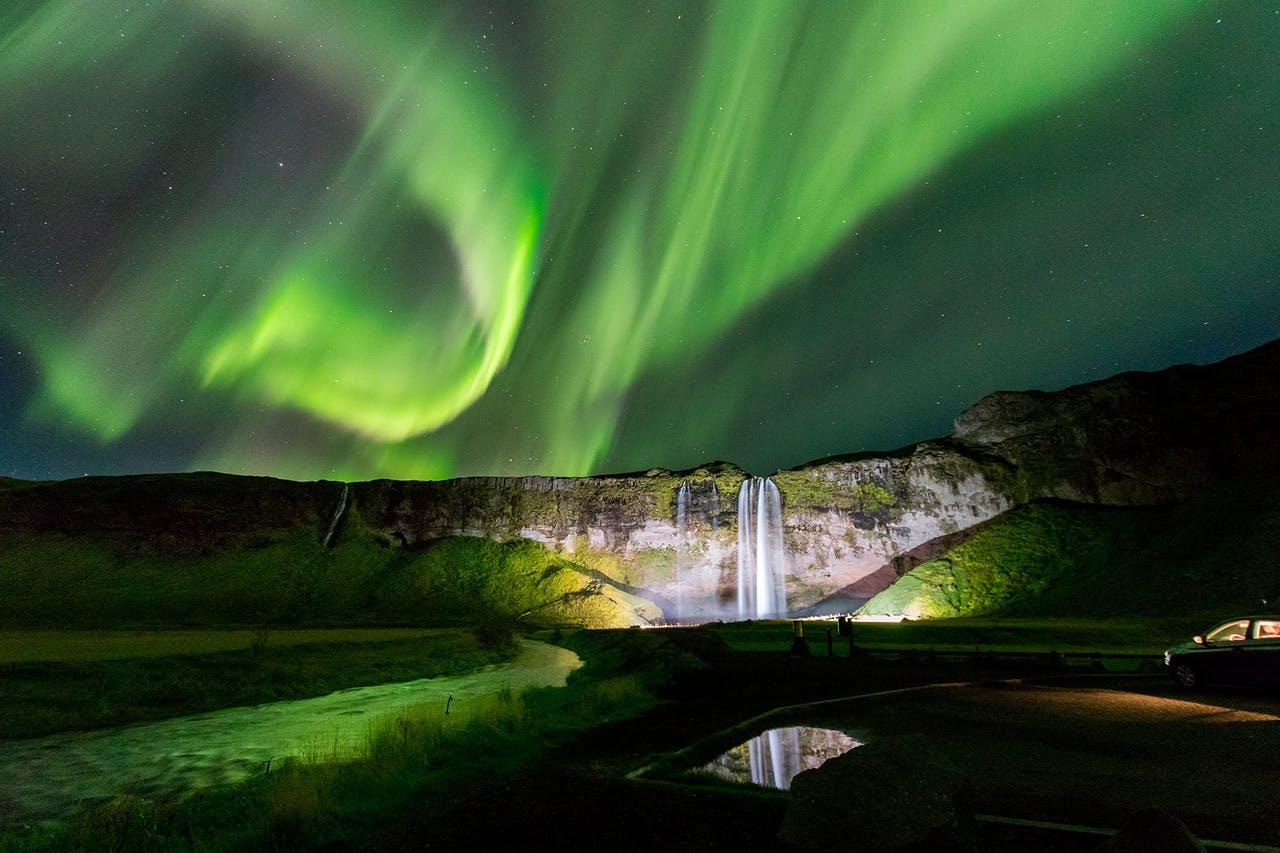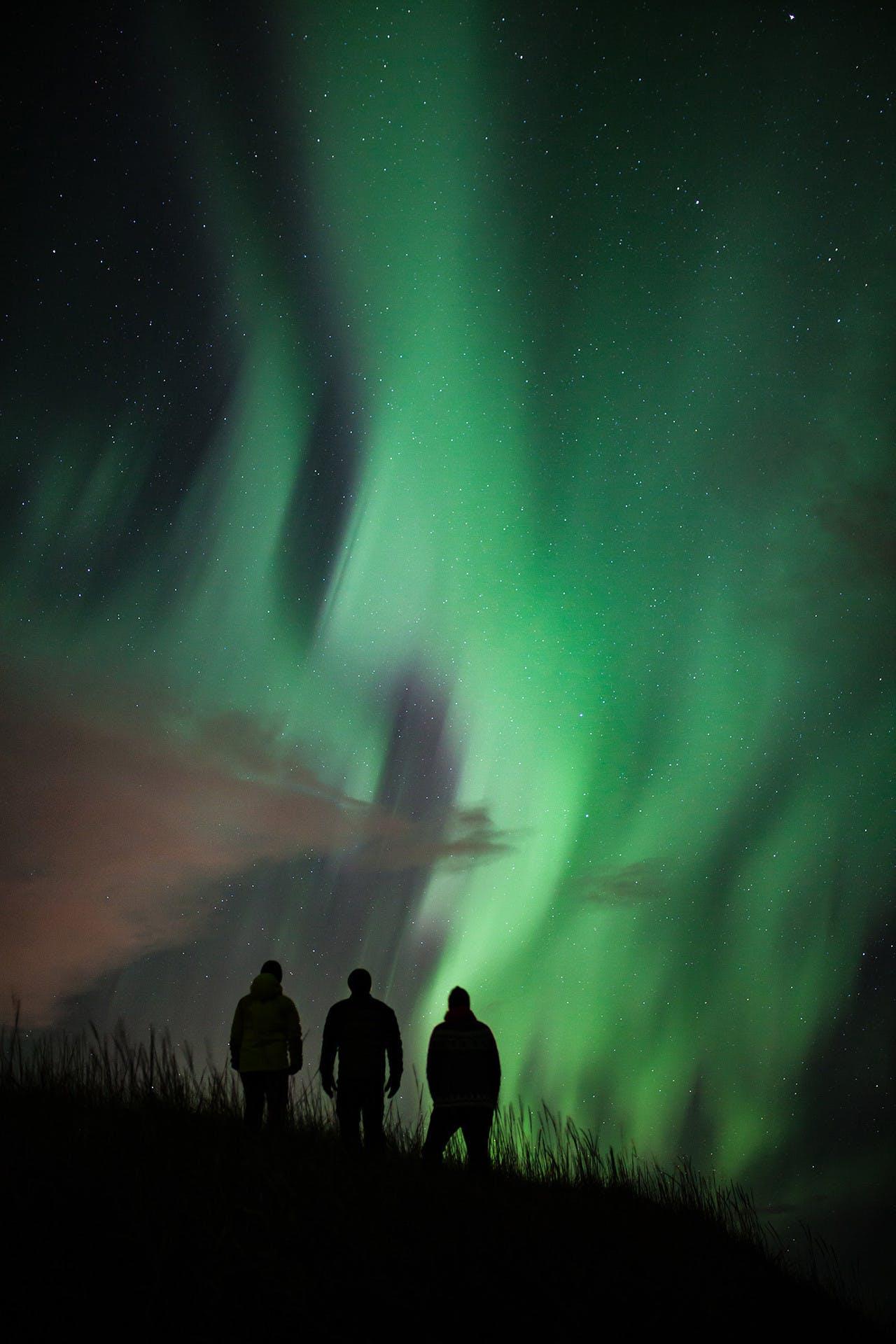Dancing with the sky
| All
It took years to put Iceland on the map. The happy few who knew about Iceland were speaking about a summer only vacation. However, as the years passed on, many people started to speak about this dance that one could see only in winter. More and more, pictures were put on the Internet, rumors and exciting stories about the elusive appearance of northern lights started to spread. And here we are now, People do come in Iceland for the norther lights and Iceland has been set as a winter holiday location.
What is a northern light?
In English, the northern lights are also called aurora borealis. This name comes from Greek and refer to sunrise, aurora, and the name of the Greek goddess of the north wind, borealis. They are called norther lights because of their glowing and wind like appearance and only around the polar circle, where the ancient greeks thought the wind to dwell. In Icelandic, the word is norðurljós, northern light. It seems that around the year 1000 the northern lights were only visible in the northernmost part of Scandinavia.
Strangely enough, northern lights are not mention in the Sagas and the Eddas. It is then difficult to be sure what word Norse people used when speaking of northern lights. The first occurrence of the word appears in the book Konungs Skuggsjá (The King's Mirror), written in 1250 AD, after the end of the Viking Age.
But as to that matter which you have often inquired about, what those lights can be which the Greenlanders call the northern lights, I have no clear knowledge.
I have often met men who have spent a long time in Greenland, but they do not seem to know definitely what those lights are. But these northern lights have this peculiar nature, that the darker the night is, the brighter they seem; and they always appear at night but never by day, most frequently in the densest darkness and rarely by moonlight. In appearance they resemble a vast flame of fire viewed from a great distance. It also looks as if sharp points were shot from this flame up into the sky; these are of uneven height and in constant motion, now one, now another darting highest
More scientifically, the northern lights happen to be particles from the sun projected towards the earth by the sun. Every now and then, the sun is rather active and eject more particles than usual. 2013 is a very good year to see northern lights.

What about the colors?
Northern lights come in different colours varying from white to red but most of the time, green. The colours of northern lights does not depend of the above mentioned particles but on the altitude where they hit the earth's atmosphere.
The higher the particles are, the more red the northern light will be. Most of the northern lights enter the atmosphere between 120 and 180 km and produce the green strong one. Blue and violet northern lights occur at altitudes between 90 to 100 km. The red northern lights are the most spectacular and occur above 180 km and are usually seen close to the north pole. During sun storms, the red northern lights can so red that one could think the horizon to be on fire.
When are northern lights visible?
It is possible to see northern lights from the end of august until the end of march. Yet if you want to maximize your chances to see northern lights, you should visit Iceland in the heart of winter, from November until January.
Now that you know everything about northern lights, follow our northern lights hunting guide.
Keep me informed about the Icelandic Mountain Guides Blog
Outdoor adventure in Iceland is our specialty. Subscribe to our free monthly newsletter to learn when to go, what to do and where to have the best adventures in Iceland.